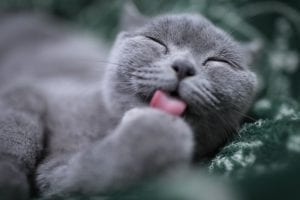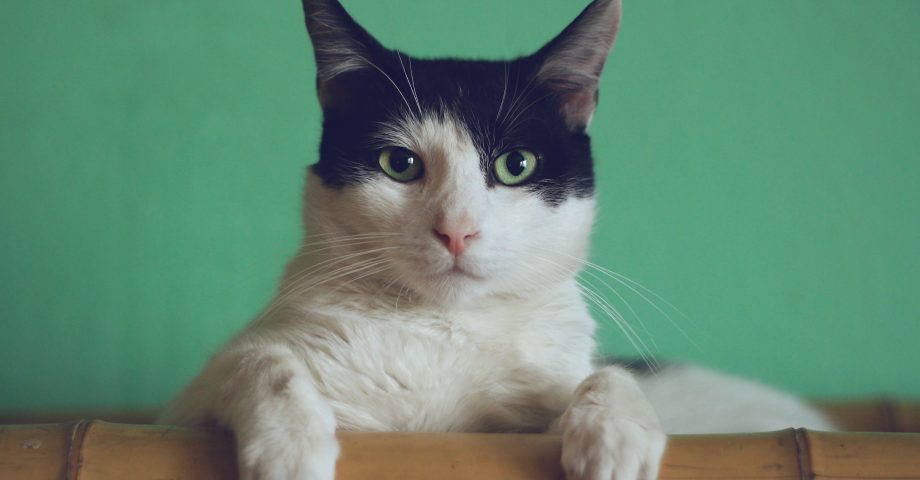5 Fascinating Facts about Feline Behavior
Have you ever wondered what goes on within your cat’s mind? Well it seems that cats are smarter than we thought.
From flickering whiskers to swaying tails, cats rank among the most mysterious animals. Today’s post aims to shed light on secrets underlying your feline’s intellect and cognition. So let’s jump right in and check out the interesting cerebral universe of felines.
1. The Language of the Cat
They may not be as talkative as dogs but cats still use a variety of squeaks to state their point. Understanding the noise your cat just made can do wonders for your relationship together, and if you’re a new cat owner, here’s the help you need;
-
Listen to the Purr
The easiest sound to recognize is the purr that usually denotes happiness and relaxation. It can also be a sign of pain and anxiety though. So make sure to look out.
-
The Meow Pitch
Being the attention seekers they are, cats will meow to get your undivided attention, show how hungry they are or to simply welcome you after a long day. It could be anything.
A plain “feed me!” or an excited “Let’s Play!” and just like that many requirements are expressed through a meow’s tone and pitch.
-
Was that a bird-like sound?
If you hear a bird-like sound, your cat is either enthusiastic about something or simply annoyed. Or maybe it just saw a bird out of the window.

2. Cats can communicate silently
Figuring out your cat’s thoughts and desires requires a deep understanding of feline body language. And cats are known for their very expressive body language.
Want to know what they’re feeling at any moment? Keep an eye out for the whiskers, tail, eyes and ears. They tell a lot about what you want to know.
-
A Half-Closed Gaze
They say that the eyes tell a lot. The same goes for your furry feline friend.
Half-closed eyes indicate contentment and trust. On the contrary, dilated pupils could be indicative of excitement or anxiety.
-
Attentive Ears
Ears that face forward suggest that you have what’s desired by every cat owner – the cat’s attention and interest! However, should you see any flattening of the ears you should know that your cat is sensing danger.
-
Soft sway of the tail
The tail is a major indicator. A calm, welcoming demeanor is often represented by a softly swaying tail, whereas fear is typically represented by a puffed-up tail.
-
Pointy whiskers
If you see loose whiskers pointing forward that means your cat is content and inquisitive. But! If the whiskers are flattened then it is very likely a sign of hostility or uneasiness.
3. Self-Grooming
If anything, cats are diligent groomers. Grooming will calm your cat and also keep the fur clean.
4. The Hunting and Play Instinct
Cats are naturals when it comes to their urge to hunt. However, while some kitties love to play around some are just extra. A Savannah cat for example is lively and exceptionally athletic.
For them sitting around could equate a casual 8-foot jump to the top of furnishings. If that sounded interesting enough you can always read more and discover the characteristics of Savannah cats and their very curious nature to seek out and ever so easily locate a fresh challenge.

5. My Territory!
The Scratch marks you see at different places in your house simply indicate that what was once yours is now the cat’s territory. Cats will scratch to mark their territory.
Indeed a very interesting thing to do and this also helps loosen their muscles and maintain good claw condition. However if you want to redirect the behavior, provide it with a scratch post and ensure you are trimming the claws regularly.
FAQs about Cat Behavior
What was the Aggressive Hiss my cat just made?
These hostile noises are blatant alerts. Hiss and growls tend to express hostility, discomfort and fear.
Why do cats ascend to lofty perches?
Cats are innate hunters, and in the natural world, they could monitor their territory and locate prey by virtue of this incredible ability to ascend to vantage positions with a good view. Even though domestic cats don’t need this instinct anymore, the behavior still persists.
Why is my cat kneading around with things?
If you ever see your cat kneading soft objects, toys or even you, know that this is how it behaved as a kitten. Take pleasure in that because it indicates that your cat feels safe, confident and content.
Do you know any interesting facts about cat behavior? Share them here in the comments below!
This page was last modified on July 28, 2023. Suggest an edit








